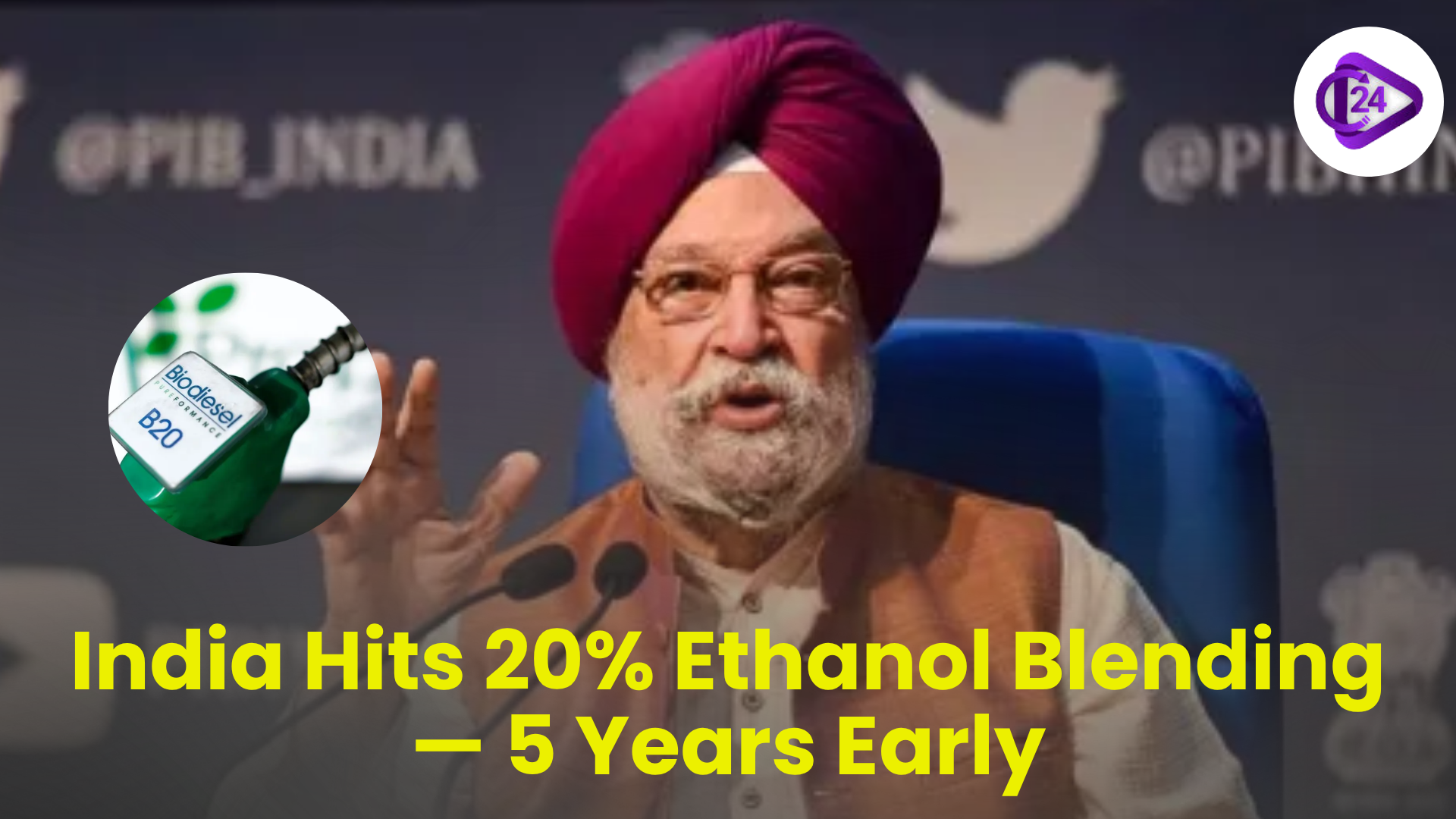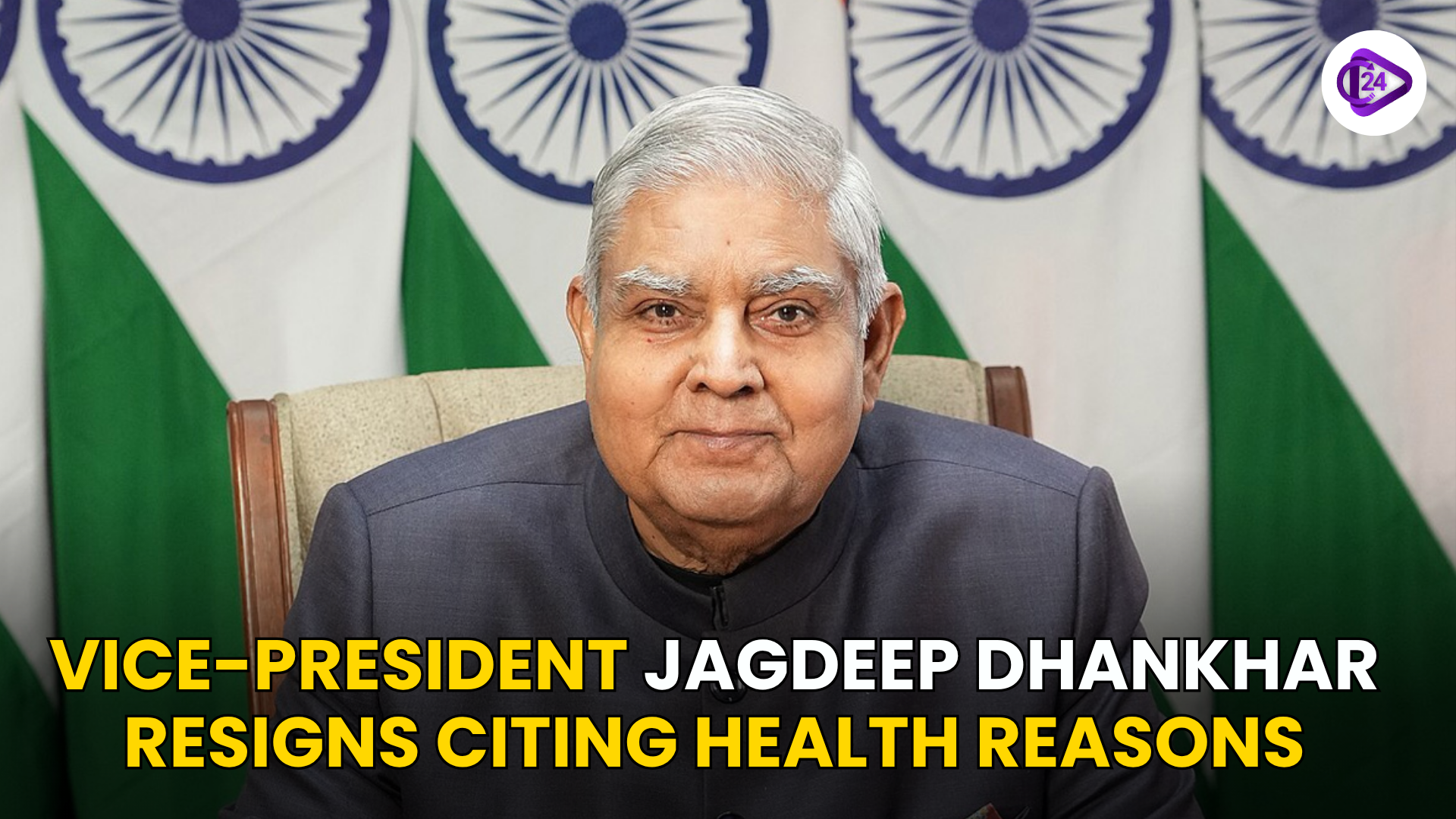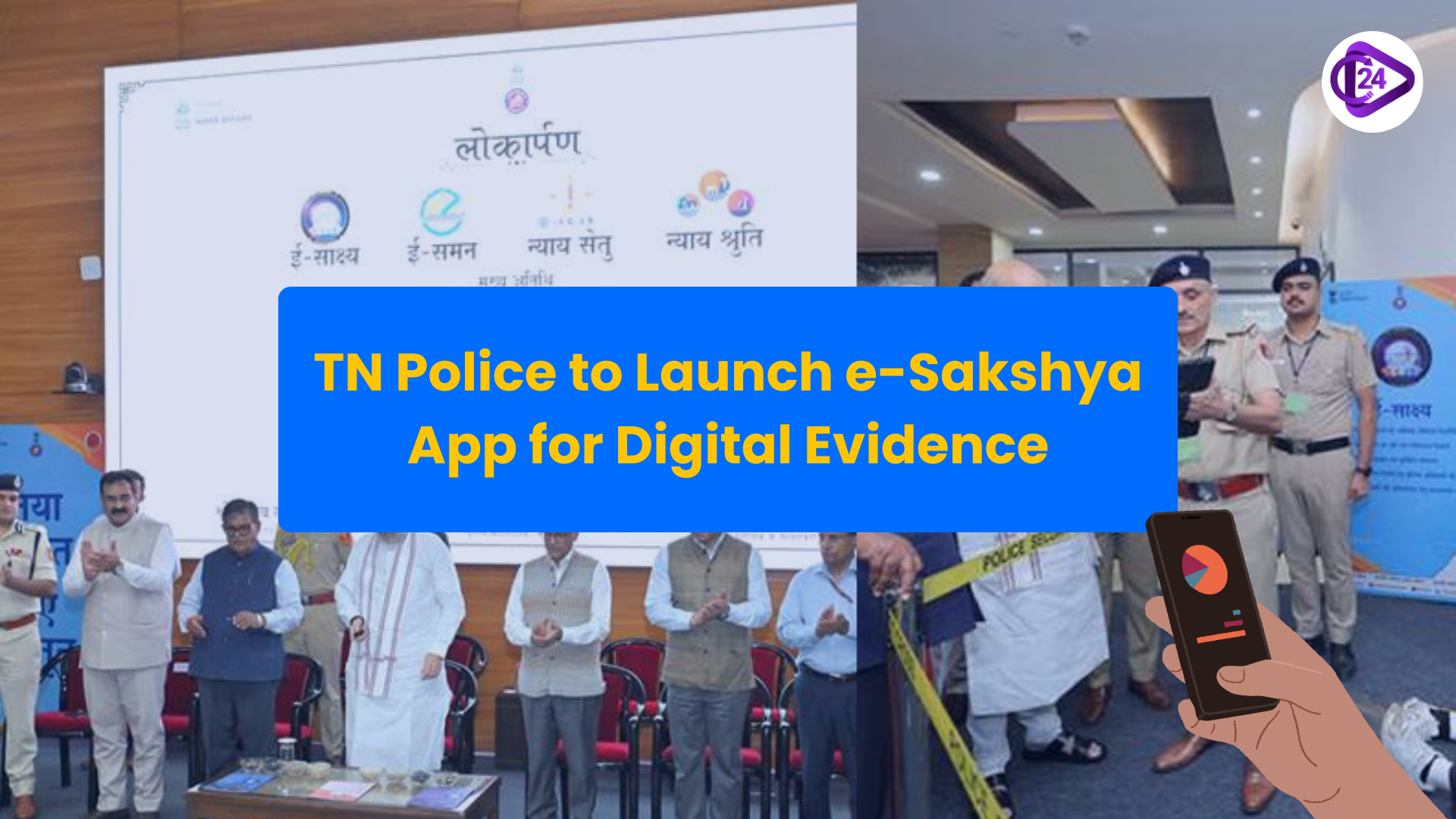
Blending 20 percent ethanol in petrol has been reached in India in 2025 whereas the goal is 2030, making it one of the biggest steps towards clean energy transformation. This upswing of 1.5% in 2014 and 20 % in 2025 makes India lean towards energy security, environment, and development of rural areas. The production of ethanol increased to 661.1 crore litres which limited the importation of crude and foreign exchange. It has helped the farmers and distilleries to economically prosper. The project is in line with India net-zero emission targets and environmentally friendly farming.
Context:
-
Introduced by: Hardeep Singh Puri,Union of Petroleum and Natural Gas
-
Event: July 2025 announcement of milestone
-
Original ambition: 20 per cent blending by 2030 (now reached in 2025)
-
Global Relevance: In India energy diversification and climate action measure A part of the approach to strategy
Key Facts & Figures:
|
Indicator |
Value |
|
Ethanol Blending (2014) |
1.5% |
|
Ethanol Blending (2025) |
20% |
|
Increase |
~13-fold |
|
Ethanol Production (2014) |
38 crore litres |
|
Ethanol Production (2025) |
661.1 crore litres |
|
Foreign Exchange Saved |
₹1.36 lakh crore |
|
Payment to Distilleries |
₹1.96 lakh crore |
|
Payment to Farmers |
₹1.18 lakh crore |
|
CO₂ Emissions Reduced |
698 lakh tonnes |
Aspects of Ethanol blending:
Economic Benefits:
-
Minimises the reliance on foreign crude oil
-
Foreign exchange saving
-
Increases rural economy by parting with farmers and distilleries
Environmental Benefits:
-
Reduces carbon emission
-
Favours alternatives to low-carbon fuels
-
In line with climate pledges of India (Net Zero by 2070)
Agricultural Benefits:
-
Ethanol in the form of sugarcane, molasses, maize, and excess grains
-
Creates stable demand and higher prices to the farmers
-
Promotes diversification in crops and agri-wastes use
Government Efforts And Policy Development:
-
National Bio- ensure Policy
-
Ethanol Blended Petrol (EBP) Programme
-
Pradhan Mantri JI-VAN Yojana- second generation ethanol produced out of agricultural waste
-
Cabinet-approved increase in ethanol made out of molasses (2024-5 season)
International Comparisons:
|
Country |
Ethanol Blending Target |
|
Brazil |
~27% |
|
USA |
~10% (E10) |
|
India |
20% (Achieved in 2025) |
India now joins Brazil among the few nations with high-level ethanol blending in petrol.
Challenges Ahead:
-
Understanding how to get sufficient feedstock due to no harm to food security
-
Increased bio-refinery capacity
-
The equilibrium between the cost of transport fuel with the unfixed price of ethanol
-
Sustainably growing water-thirsty crops such as sugarcane
Conclusion:
The country of India has achieved its target of ethanol blending by making 20 percent in advance of the year 2025, which is a significant step to make the clean energy transition. It can enhance the energy security and increase the rural incomes, lower emissions and serve as a world-emulating example of integrating agricultural production with sustainable energy policies. Further investment, sustainable farming, and engineering of biofuels shall be important in sustaining the movement.



 Aadi Thiruvathirai 2025: Honouring Rajendra Chola I
Aadi Thiruvathirai 2025: Honouring Rajendra Chola I 90%+ Sewer Deaths Occurred Without Safety Gear, Finds Social Audit
90%+ Sewer Deaths Occurred Without Safety Gear, Finds Social Audit MiG-21 Fighter Jets to Retire in September 2025
MiG-21 Fighter Jets to Retire in September 2025 Indian Army Inducts First Batch of Apache AH-64E Helicopters
Indian Army Inducts First Batch of Apache AH-64E Helicopters Parliament Passes ‘Bills of Lading, 2025’ to Modernize Maritime Trade Law
Parliament Passes ‘Bills of Lading, 2025’ to Modernize Maritime Trade Law Vice-President Jagdeep Dhankhar Resigns Citing Health Reasons
Vice-President Jagdeep Dhankhar Resigns Citing Health Reasons Tamil Nadu Police to Launch e-Sakshya App for Digital Evidence Collection
Tamil Nadu Police to Launch e-Sakshya App for Digital Evidence Collection Indian Army’s AI Roadmap by 2026-27: From Drone Swarms to Smart War Rooms
Indian Army’s AI Roadmap by 2026-27: From Drone Swarms to Smart War Rooms Fauja Singh, World’s Oldest Marathoner, Cremated with State Honours
Fauja Singh, World’s Oldest Marathoner, Cremated with State Honours






